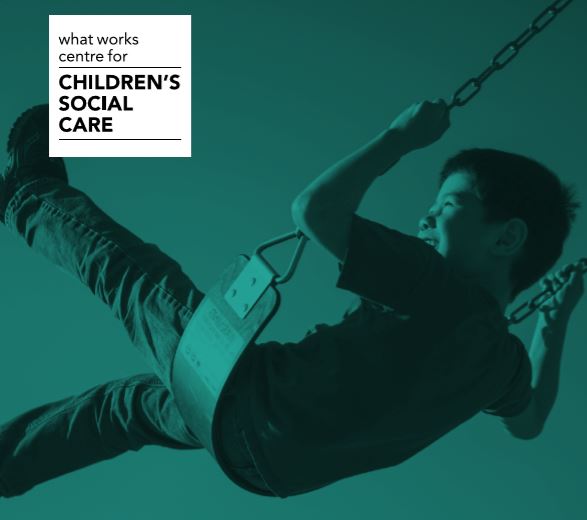Signs of Safety is probably the most widely used approach in children’s services in the UK. It is also used in many countries around the world. In that context, it may come as a surprise that our review found little to no evidence that it works to reduce the need for care. Indeed, there seems to be little evidence it achieves any outcome.
It is important to emphasise that lack of evidence does not mean it does NOT work. It means that we just do not know; the studies we need in order to know this have just not been undertaken.
This may come as a shock to many service leaders and practitioners. It should be a shock. Imagine if you went to your GP for a problem and they suggested a treatment. Whether that treatment was a pill or a therapy, you would be entitled to assume there was some evidence that it tended to help people. Why then do we think it acceptable to offer approaches or services that do not have any evidence that they work in children’s social care?
This is a problem that goes far beyond Signs of Safety. It is endemic in children’s social care. We do many things because we believe they work. It is possible, not just that some do not make a difference, but that a few may actually be harmful.
What is of most concern is perhaps that so few people realise there is no evidence for the approach they are using. I have stopped counting the times I have heard something being called evidence-based when I know there is little or no evidence it works.
To compound this challenge, in the complicated world we work in the nature of the evidence will rarely be simple. My guess is that when done well Signs of Safety does work. I would even guess that it works particularly well in some circumstances and with some issues, and less well with others. The same could be said for many other ‘in’ approaches – systemic, motivational, restorative, trauma-based. We just do not know what difference they make.
The fundamental reason for this is a massive under investment in finding out what works. While we constantly seek to find out what works in health and education, our investment in social care has been tiny. One estimate was that for each person working in health c.£3,200 is spent each year on research and evaluation, while for each person working in social care the spend was £24 (JUCSWEC, 2006). That’s more than 130 times as much being spent on finding out what works for each person working in health than for each worker in social care. Is it any wonder we do not have an evidence base?
So, what is to be done? Money alone is not the answer. That money needs to be spent wisely on building an evidence base in a coherent and thoughtful way over time. This includes reviewing and sharing existing evidence, exploratory studies of promising approaches and robust tests of impact.
That is why I am so excited to be involved with the What Works Centre. This is an initiative where we can invest in a logical programme of experimenting and evaluating over years to develop a coherent evidence base for the sector.
It is particularly important that the WWC is interested not just in what works, but uses a broader approach looking at what works, for whom, in what circumstances and why. The logical next step from this review is to evaluate whether when Signs of Safety is done well it helps children and families. If it does, then further studies can explore what needs to happen to make sure it is delivered well.
And it is not just Signs of Safety that needs to be scrutinised in this way. We need to develop a culture of experimentation and evaluation. Only by doing so will we be able to be confident that the services we deliver are likely to be helpful to children and families.
The plan is that the WWC will carry out a programme of high-quality research on what works that will allow us to develop the strong evidence base that the professionals in our sector need – and the children and families we work with deserve.


